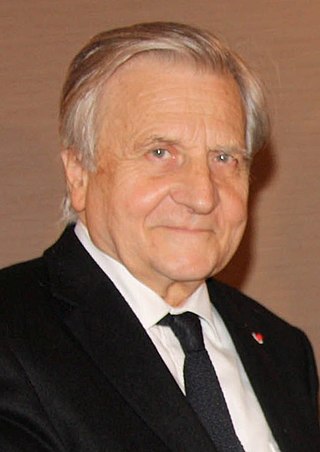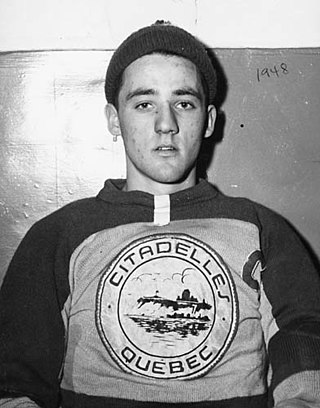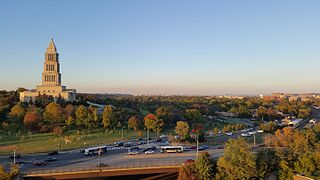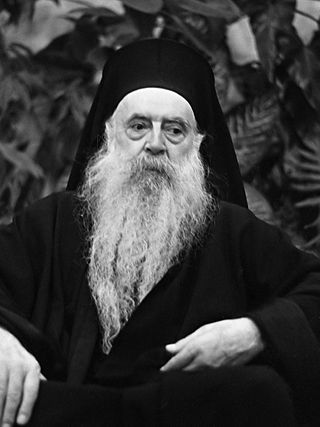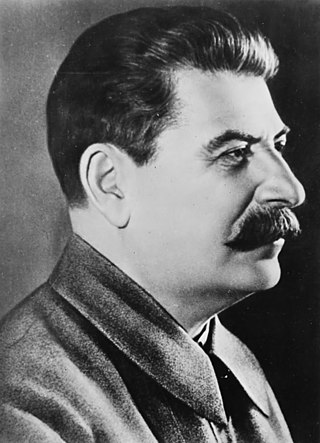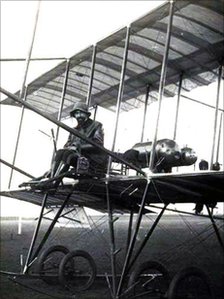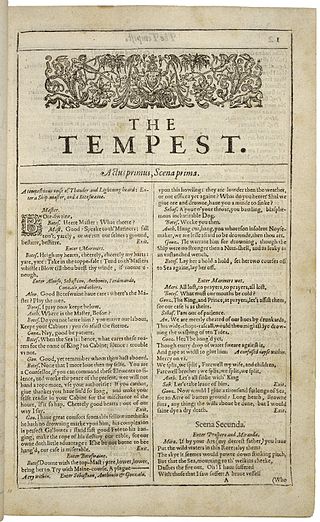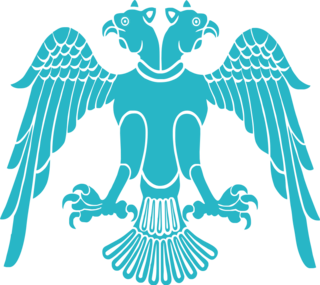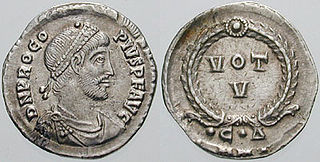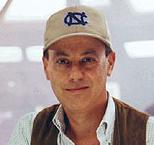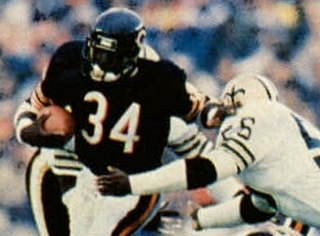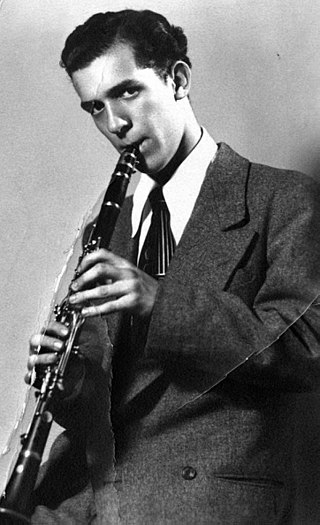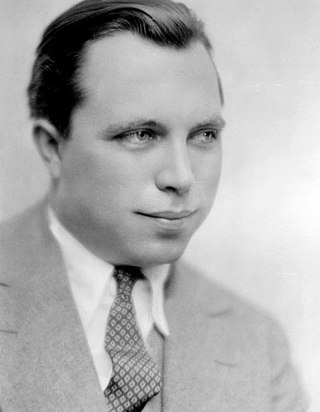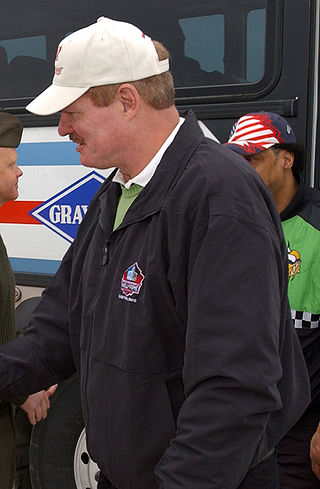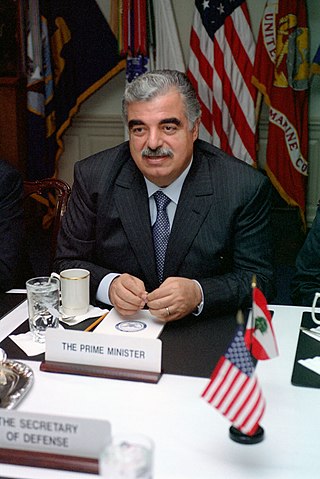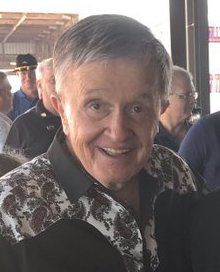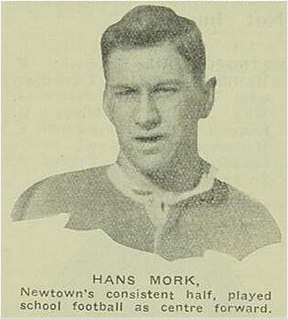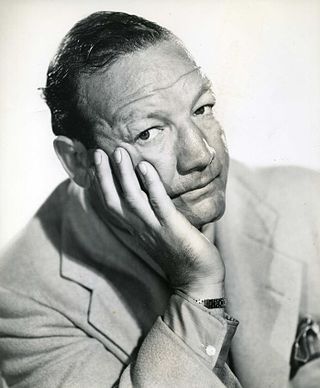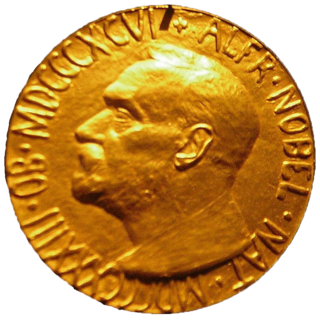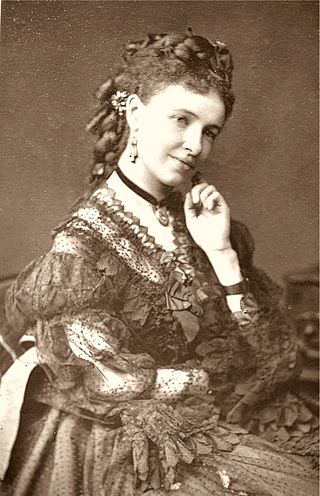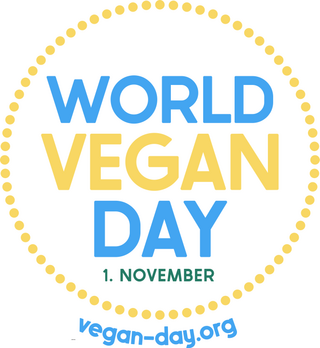2012 Riyadh truck crash
The 2012 Riyadh truck crash occurred on 1 November 2012, when a truck carrying fuel crashed into an intersection flyover in the east of Riyadh, the capital city of Saudi Arabia. The lorry hit a bridge pylon on Khureis Road and the petrol it was carrying leaked into the surroundings, and then ignited. Al Ekhbariya television reported that the blast killed 23 people outright and injured 111, with the death toll expected to rise even higher; although the Saudi health ministry reported the injury total was closer to 135. An Agence France-Presse photographer on the scene described widespread damage, with charred bodies and machinery being hauled from the wreckage. Due to the force of the blast, another truck fell off of the flyover. Amateur video showed black smoke billowing into the sky, visible throughout the city.



